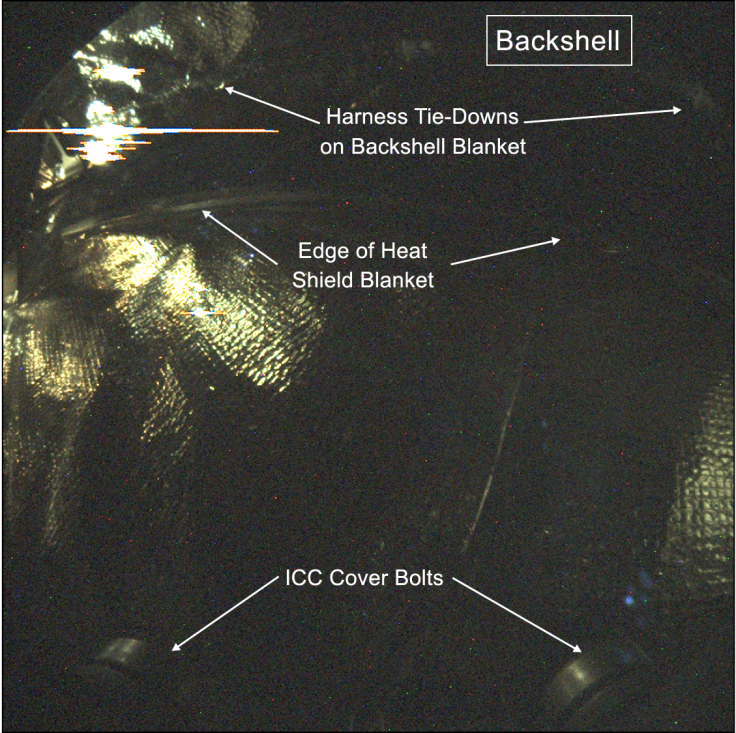NASA’s InSight Closing In On Mars, OSIRIS-REx Starting Final Approach Toward Bennu

Just a few days after launching an ambitious mission to touch the sun, NASA has provided an update on the deep space journey of two of its critical missions – InSight and OSIRIS-REx.
While InSight, which is a lander mission to Mars, has completed halfway trip to the red planet, OSIRIS-REx has come within the proximity of asteroid Bennu and started its final approach toward the distant, potentially hazardous space rock.
InSight lander
InSight, short for Interior Exploration using Seismic Investigations, Geodesy and Heat Transport, has traveled more than 170 million miles since lifting off from the ground on May 7. The spacecraft crossed the halfway mark on August 6 and will travel another 129 million miles to enter the Martian neighborhood on November 26.
It will land in a region called Elysium Planitia and deploy a range of instruments to begin science operations. As part of this, the robotic machine will drill into the interior of our neighbor to gain more insight into its composition and evolutionary history.
As InSight continues on its journey, NASA has been conducting several checks to ensure the instruments placed aboard remain in working order. The most recent set of checks were conducted in July and all instruments, including those responsible for measuring internal ground motion and heat, performed just as the agency expected.
Even the camera systems bundled with InSight performed as expected and transmitted a shot of the spacecraft’s back shell. "If you are an engineer on InSight, that first glimpse of the heat shield blanket, harness tie-downs, and cover bolts is a very reassuring sight as it tells us our Instrument Context Camera is operating perfectly,” InSight Project Manager Tom Hoffman said in a statement. “The next picture we plan to take with this camera will be of the surface of Mars."

OSIRIS-REx
Just as we mentioned, along with InSight, NASA’s OSIRIS-REx is also closing in on its target — a potentially dangerous asteroid named Bennu.
The spacecraft, which lifted off nearly two years ago, began the final approach toward the 1,650-foot-wide space rock on August 17. It has officially initiated the "asteroid operations" phase of the mission, a NASA official managing the spacecraft stated in a Tweet.
OSIRIS-REx will complete the homestretch of its journey after traveling 1.2 million miles more toward Bennu. The spacecraft is expected to reach its destination on Dec. 3.
Once in Bennu’s orbit, OSIRIS-REx will observe the asteroid closely and try to retrieve a sample from its surface. Then, in 2021, it will begin the return journey, hoping to come back to Earth sometime around 2023.
The findings of the mission, as the agency hopes, would provide more insight into the history and evolution of our solar system and life on Earth. Moreover, a close look at the sample of the asteroid could bolster planetary defense against this and other carbon-rich asteroids that could be on an impact course sometime in the future. Bennu, for instance, has a cumulative 1-in-2,700 chance of impacting Earth sometime between 2175–2199.
© Copyright IBTimes 2025. All rights reserved.





















